Food. It’s everywhere in Paris! You can barely walk down one rue (street) without finding at least one eating option. However, eating well in Paris does require a little bit of work on your part.

Food. It’s everywhere in Paris! You can barely walk down one rue (street) without finding at least one eating option. However, eating well in Paris does require a little bit of work on your part. As a first tip, I would recommend that you prepare yourself well about the restaurants and eating etiquette before traveling. You will end up finding a lot of great information about the Paris culinary scene, as well as tips and advice for eating like a local.
Below are some tips for you like a local. If you are looking for what you absolutely need to eat while you are in Paris, the foods you shouldn’t miss under any circumstance, look no further!
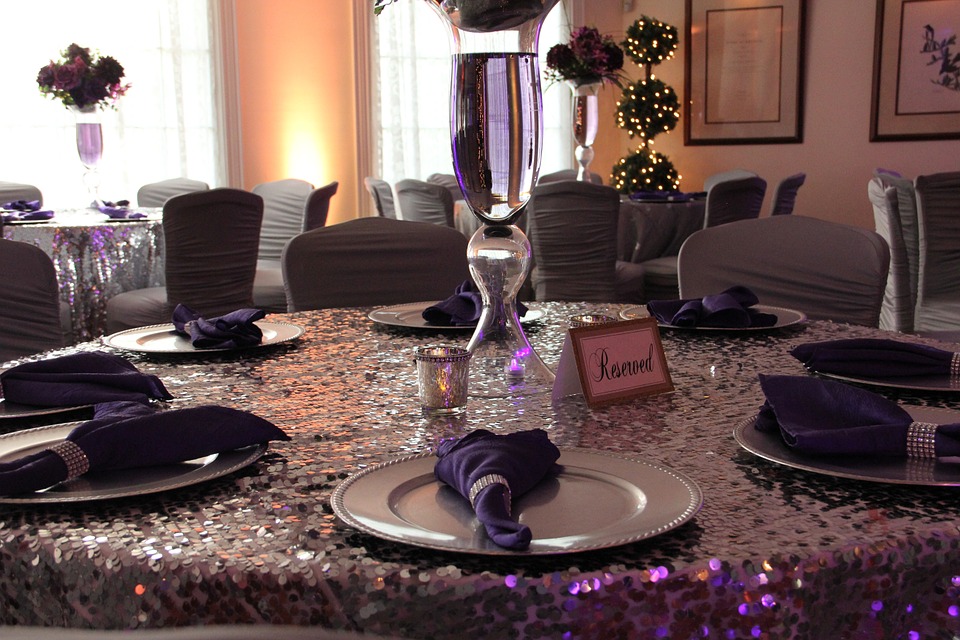
- Reservations
Reservations are an absolute must in Paris. Restaurants have very limited seating capacities and dinner service hours are shorter than in America. The best restaurants always book up fast, with the top places getting hundreds of reservation requests a day. Even if you walk into a restaurant and it’s empty, they still appreciate if a reservation was made so that way they know you’re coming.
It would be better if you make your reservations beforehand, even before you reach Paris and it may take some time for them to comply to your request. Most restaurants accept reservations anywhere from 2 weeks to 2 months in advance, with a couple here and there taking them several months in advance.
You can be smart and use your hotel concierge for help with reservations. They speak the language, are on local time, and they typically know the best times to call for reservations. Make sure when you arrive to Paris, have your concierge confirm all your reservations.
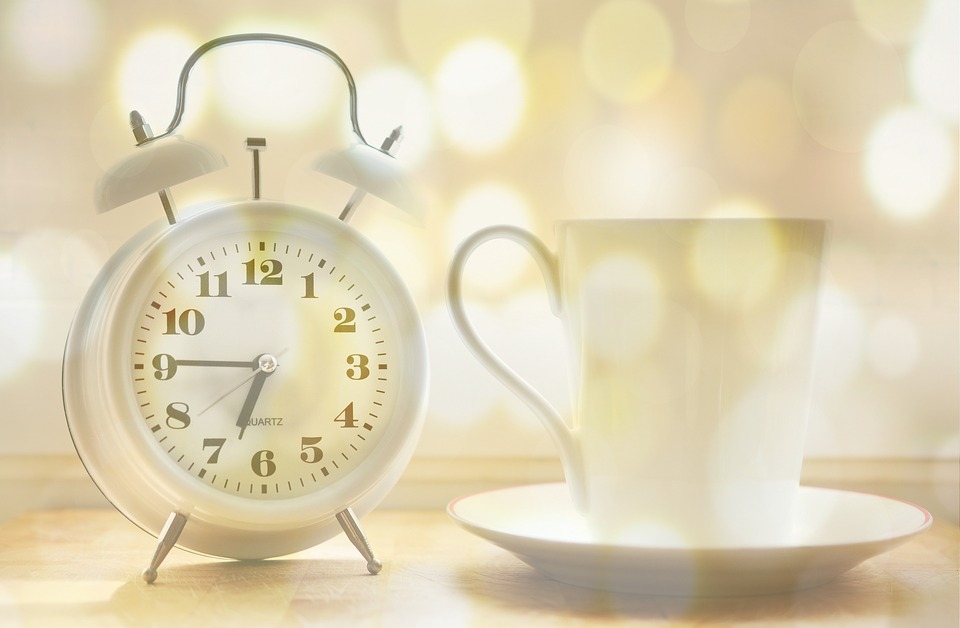
- Eating Schedule
In New York, restaurants are pretty much open all day, from lunch all the way through the end of dinner service. However, In Paris, there are two distinct service times: Lunch is typically from around 12 until 2:30, and dinner around 7:30-11 pm. If you are hungry in between, you can always step into a patisserie or boulangerie. Make most of the late afternoon bakery runs!

- Laminated Menus
You’re hungry and don’t have a reservation anywhere, you are looking for a good restaurant? Here is a good tip: Laminated menus tell you something very important about a restaurant: they never (or very rarely) change the menu. In a city where food is driven from seasonal and local ingredients, menus at good restaurants change frequently, sometimes even daily. The menu is either written in chalk on a giant chalkboard or told to you orally.
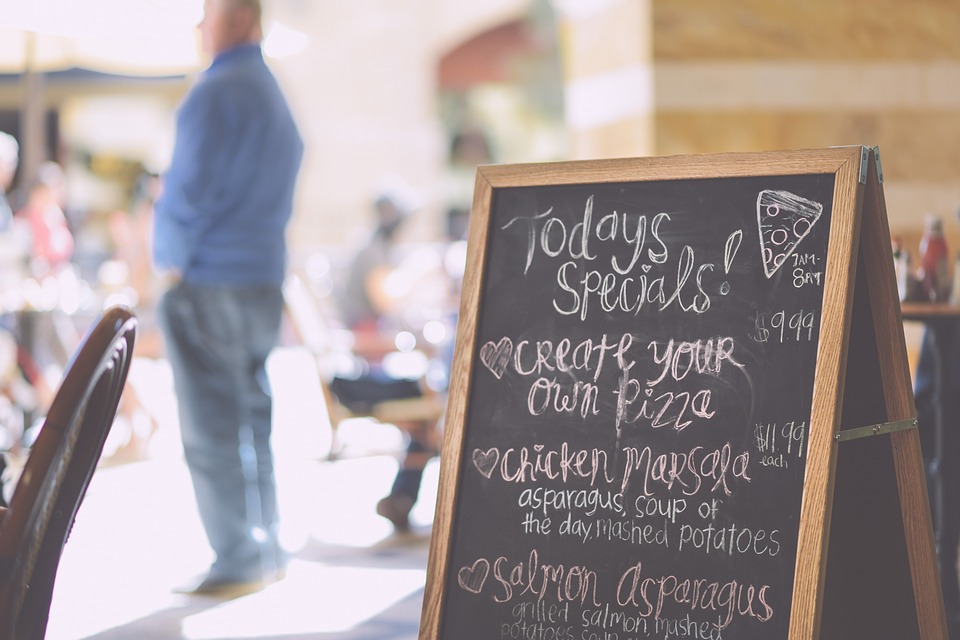
- Fixed price
Many restaurants offer “prix-fixed” lunch and dinner options. This is often the best bargain at a restaurant and is generally a great value. You typically have a choice of Entree + Plat (appetizer and main), Plat + Dessert (Main and Dessert), or you can choose to have all three courses.
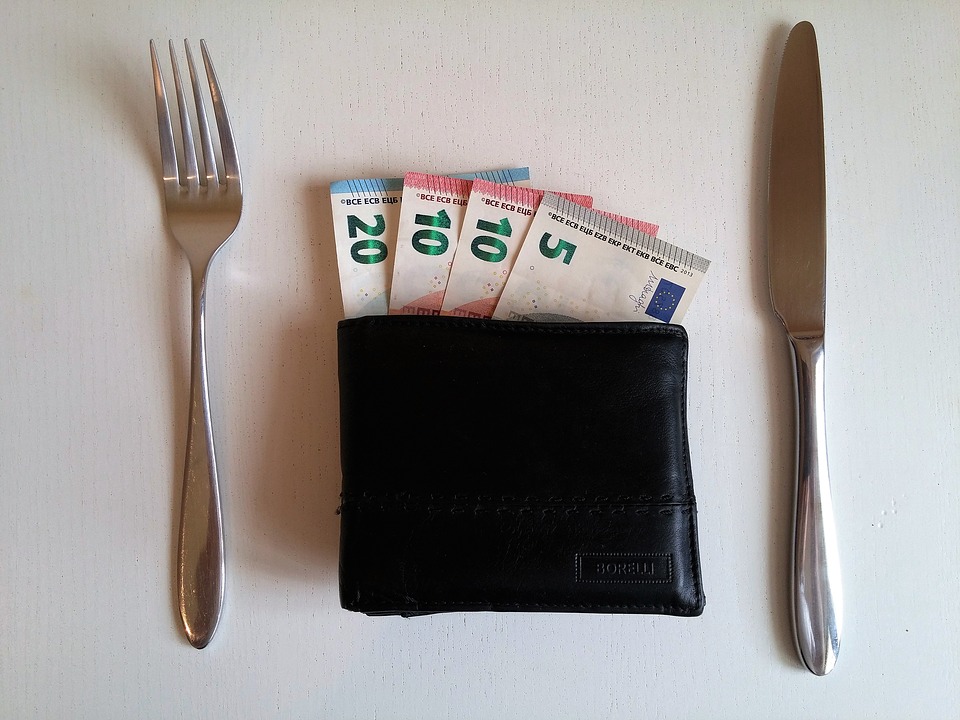
- Tipping
The waitstaff in Paris restaurants all receive a full salary unlike in the states. The service charge (a.k.a. “tip”) is already included in the price of your food. An additional tip is not required. However, most people do leave a little extra for good service.
- What to drink

They will ask you when you sit down if you want a bottle of still or sparkling water. Just ask for tap water. It is perfectly safe to drink and it’s free!
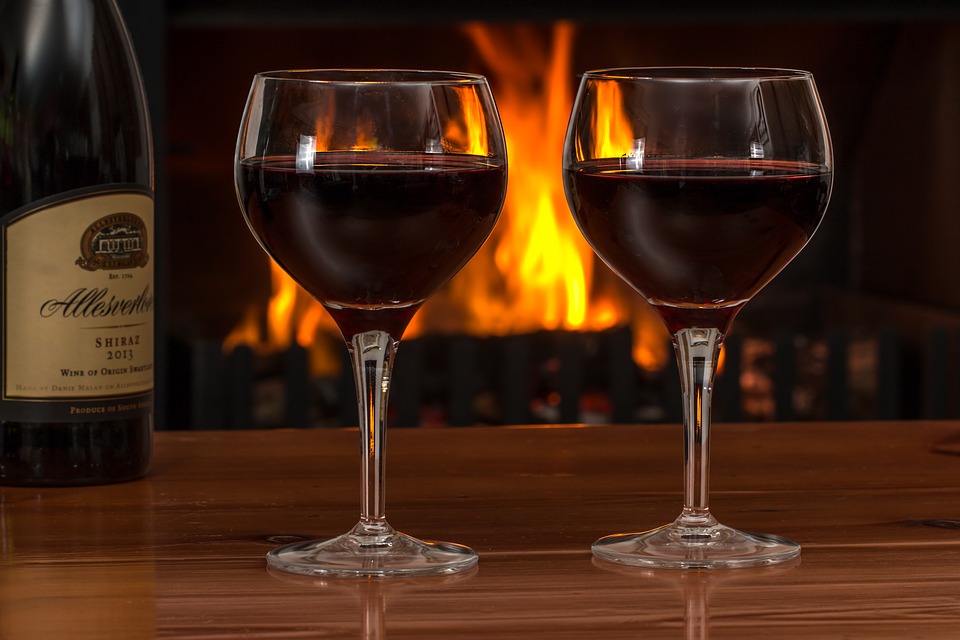
Wine
Wine and soda is pretty much the same price in Paris. And the soda will most likely not come cold. Go for the wine! A glass will run you around 3-5€.
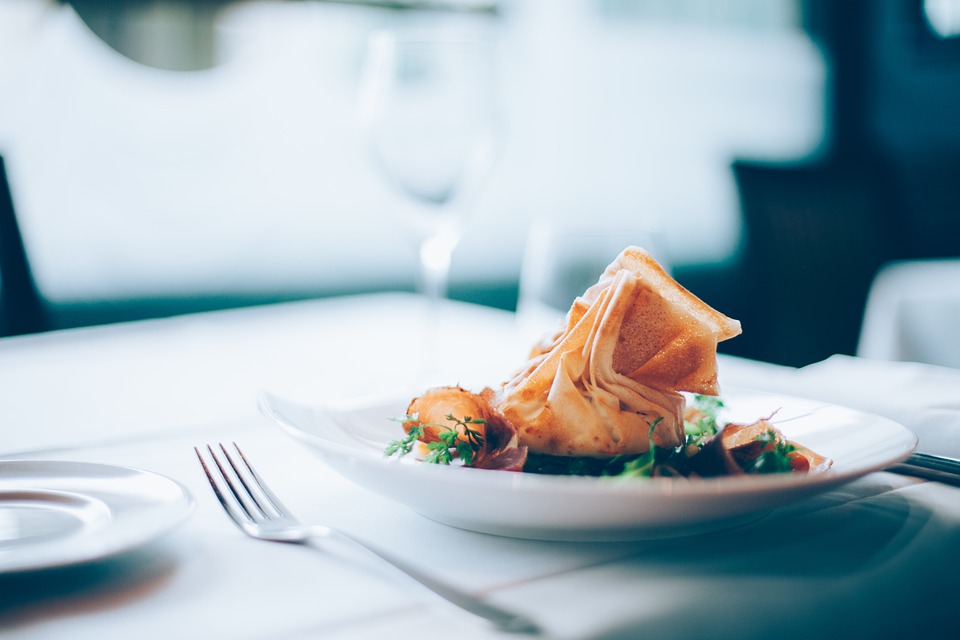
- Finish all your meal
There really aren’t any “doggies bags” in Paris. Not one person we saw on the entire trip requested one. You can’t bring leftovers home, so you might as well finish it there! In addition, it is frowned upon to leave an abundance of food on your plate. When you leave a little bit too much on your plate, the server will ask worriedly if the food was not according to your liking.
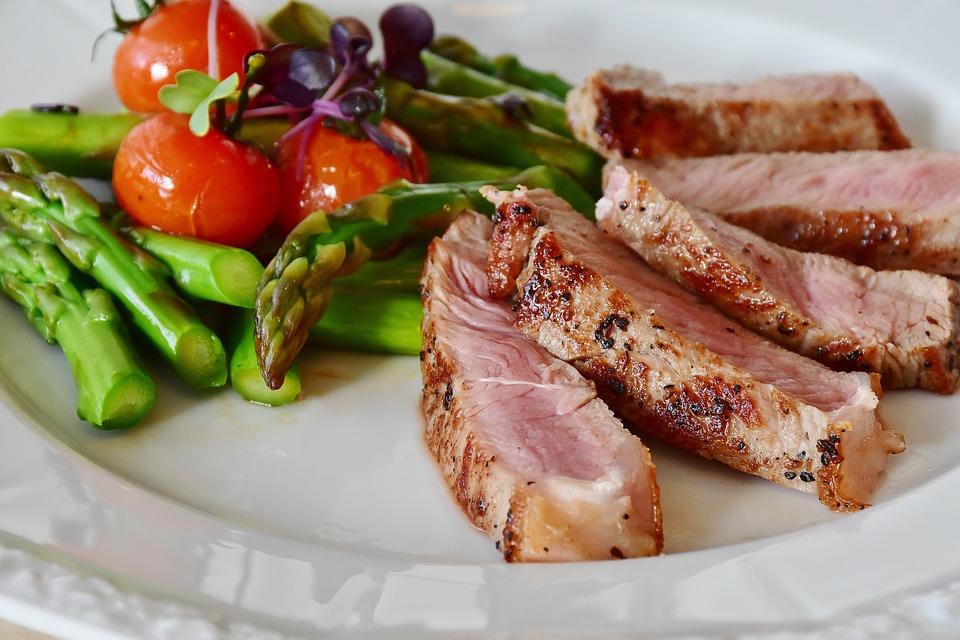
- Ordering Steak
Gradations of doneness don’t quite line up between the US. and France. For instance, the medium-rare in the United States is not the same as the medium-rare in France. Here’s a handy chart… it will help you a ton when ordering your steak.
How do you want it done?
Bleu -French Rare: American very very Rare, pretty much not cooked.
Saignante – French Medium-Rare: American Rare
A Point – French Medium: American Medium-Rare
Bien Cuit – French Well Done: American Medium-Well
A Point is the most common order for steak from Americans.
- French Rude? Myth Busted
One of the most popular misconceptions that exist about the French is that they are rude towards tourists. French people are very welcoming, helpful and will even translate the menu for you. The majority of them talk English. During your visit to Paris, you will most likely come to realize the French adheres to some very different customs than that of Americans. Follow their customs and culture, and you will be welcomed with open arms.

